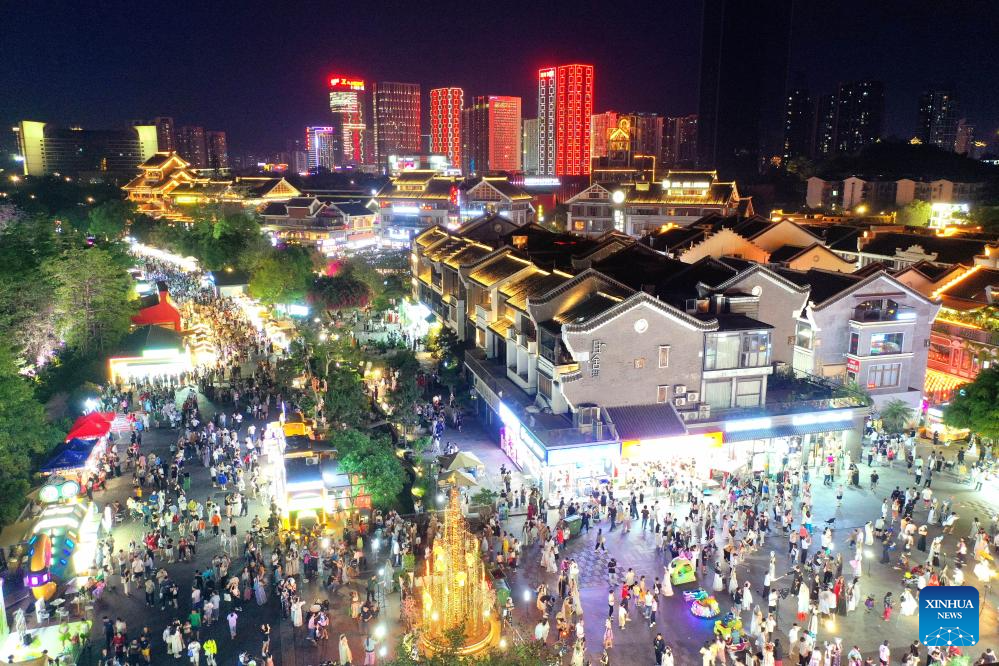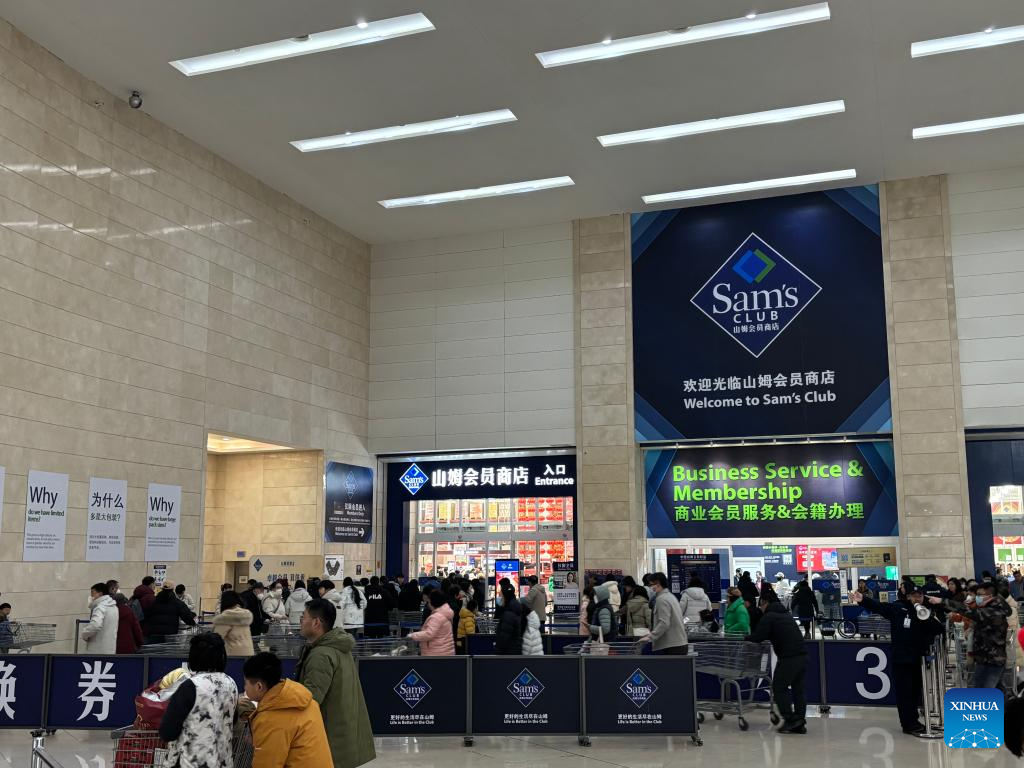
China's service sector expanded at a faster pace in May, with new orders growing more quickly than in April, despite uncertainties triggered by the United States' tariff hikes, according to a private survey.
Analysts said this accelerated growth came amid aggressive macroeconomic policy measures and a possible thaw in trade tensions between China and the US, but warned that the impact of the tariff truce should not be overstated.
ALSO READ: China's foreign exchange reserves log growth in May
The fiscal policy is expected to play a more vital role in stabilizing growth, they said, adding that the key focus will be on further spurring consumption, accelerating infrastructure investment and reinforcing the real estate sector.
The rose to 51.1 in May from 50.7 in April, according to a report released on Thursday by media group Caixin. The figure, which is above the 50-point mark that separates growth from contraction, remained in expansionary territory for the 29th consecutive month.

This was broadly in line with the official survey released by the National Bureau of Statistics on Saturday, which showed service activities rising to 50.2 in May from 50.1 in the previous month. Compared to the official evaluation, the Caixin PMI tracks small, export-oriented companies more closely.
"Both supply and demand grew at a slightly faster clip, as businesses sought to acquire new clients," said Wang Zhe, a senior economist at Caixin Insight Group. "Business activity as well as new orders grew for the 29th consecutive month. However, foreign demand took a hit because of the global trade conflict, with new export business contracting for the first time this year."
Optimism improved
The Caixin report showed that business optimism improved across the service sector in May, as surveyed companies expect the negative impact of the US tariffs to ease in the future. The indicator for future activity expectations went up by over 1 percentage point compared with April, but remained below its historical average.
READ MORE: Report: China's car trade-in subsidies drive NEV surge
Citing the previously released Caixin manufacturing PMI for last month, which dipped to 48.3 in May from 50.4 in April, the report said the faster growth of service activities failed to offset a drop in production, with the Caixin composite PMI, which includes activity in both manufacturing and service sectors, dropping to 49.6 in May from 51.1 in April.
"While the service sector improved slightly, the contraction in the manufacturing sector weighed on the overall market," Wang said. "The manufacturing sector also affected supply, demand and employment at the composite level. On the external demand front, new export orders remained sluggish in both sectors."

Considering the downward pressures facing the economy, he said the lasting impact of earlier consumption-stimulating measures needs further evaluation, and follow-up actions should be introduced based on the actual conditions.
"More important, boosting domestic demand should be grounded in improving household incomes," Wang said. "As such, effective measures must be taken to improve the employment environment, strengthen social security, raise households' disposable income, improve market expectations, and ultimately drive a continued economic recovery."
Macro measures urged
A meeting of the Political Bureau of the Communist Party of China Central Committee held in late April said the country will strengthen unconventional countercyclical adjustments, calling for efforts to accelerate the implementation of more proactive and effective macro policies.
READ MORE: Innovation in focus at carbon neutrality expo
Wang Qing, chief macroeconomic analyst at Golden Credit Rating International, said that policymakers are expected to ramp up efforts to expand domestic demand in the remainder of the year, with a key focus on spurring consumption, accelerating infrastructure investment and stabilizing the housing market.
Robin Xing, chief China economist at Morgan Stanley, said that policymakers will likely focus on front-loading the 2 trillion yuan ($278 billion) stimulus in the second and third quarters, while possibly introducing a 500 billion yuan to 1 trillion yuan supplementary fiscal package in the early fourth quarter, to support key sectors such as urban infrastructure renewal, urban village renovation, manufacturing upgrade and basic scientific research.


